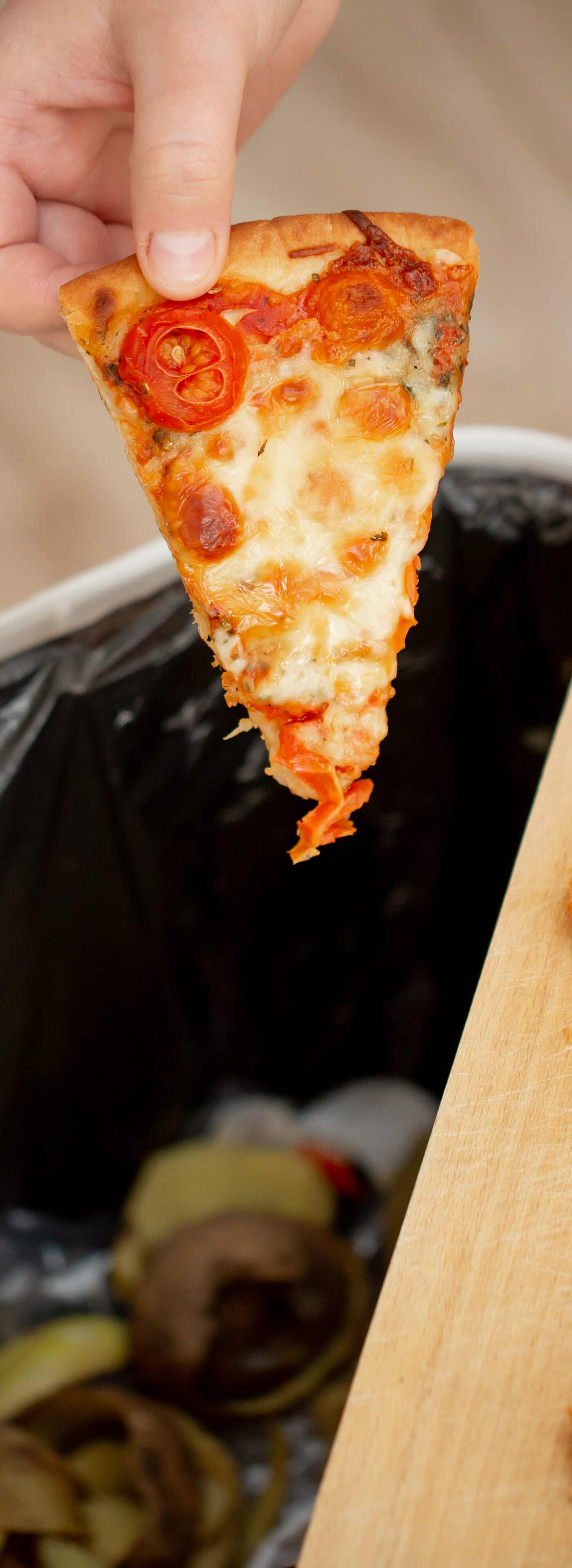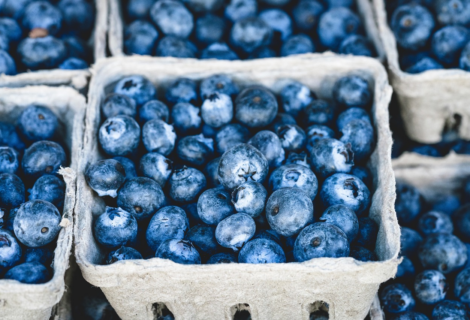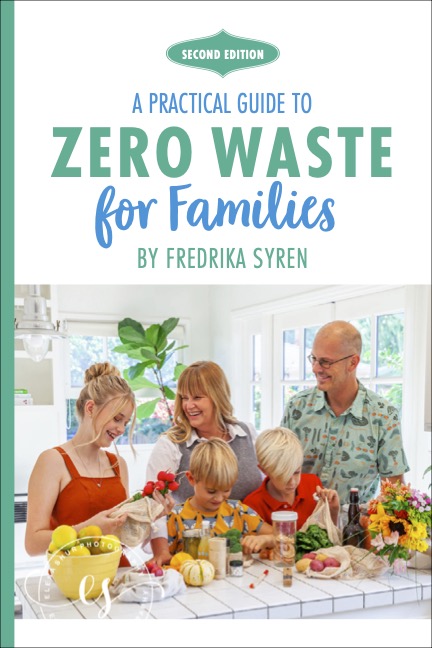When it comes to environmental issues, there are many things people can do. You can buy chemical-free mascara, or be wise over kitchen scraps. Reducing food waste doesn’t only lessen the burden on landfills. It can also save you money and improve your kitchen efficiency. In this article, we’ll explore the various ways you can cut down on food waste in the kitchen.
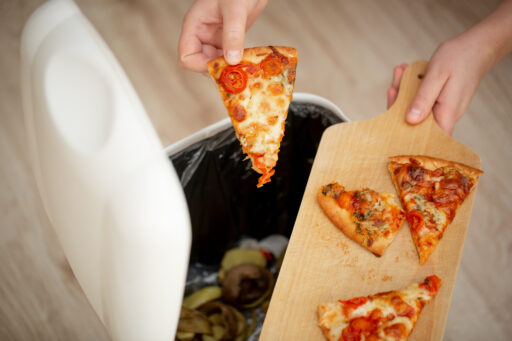
Plan Your Meals
Doing this ahead of time is a crucial step in reducing food waste. Knowing what you’re going to eat in advance allows you to buy the necessary ingredients in the right quantities. In turn, this helps you avoid over-purchasing and impulse buying. Planning your meals also helps you consider healthier food choices, which can lead to improved physical well-being. If you pay a fruit and veg wholesaler, they can deliver the freshest and highest quality items to you. Their apps can make ordering fast and simple; you can place new orders, and browse past ones. You can also create custom shopping lists, and check the delivery status in real-time.
Meal planning saves time, and reduces the stress of deciding what to eat each day. When planning your meals, consider the number of people you’ll be feeding, their dietary preferences, and the number of meals you’ll need for the week. Take into account your schedule, and choose meals that are easy to prepare on busy days. Always be realistic about how much food you’ll need. Avoid planning excessive amounts that could lead to leftovers and potential waste.
Buy Only What You Need
Avoid overstocking your kitchen with perishable items that have a short shelf life. Resist the temptation to buy them in bulk, as it can lead to waste if you don’t consume them before they expire. Instead, buy smaller quantities of fresh produce and perishable items – and do so more frequently. This ensures that you always have fresh ingredients on hand, and prevents them from going bad before you can eat them. If you buy non-perishable items in bulk, however (e.g. canned foods), you can make financial savings.
Make a shopping list before going to the grocery store, and stick to it. Avoid shopping when you’re hungry, because everything will look tempting and delicious! In turn, this can lead to impulse purchases that aren’t good for your health. When you’re in the store, pay attention to expiration dates, and choose products that have a longer shelf life.
Store Food Properly
This is essential in preserving the freshness and quality of your ingredients. Keep perishable items like fruits, vegetables, and meat in the refrigerator or freezer. This will help extend their shelf lives. For dry goods like pasta, rice, and grains, use airtight containers and store them in a cool, dry place.
Pay attention to the expiration dates on your products, and practice the “first in, first out” principle. This involves using older items before newer ones. When storing food in the refrigerator, keep items that spoil quickly (like milk and meat) in the coldest part of the fridge. Store fruits separately, as some release ethylene gas. This can speed up the ripening process of the other produce.
Practice Portion Control
Serving large portions can lead to uneaten food, which then becomes waste. Serve smaller portions and encourage people to take seconds if they’re still hungry. This approach reduces waste and also promotes healthier eating habits.
If you find it challenging to judge portion sizes, consider using smaller plates. This will trick people into thinking they’re eating more than they are! You can also use measuring cups to discover the right portion sizes. It’s better to serve too little and have people ask for more, than to serve too much and have leftovers that go to waste.
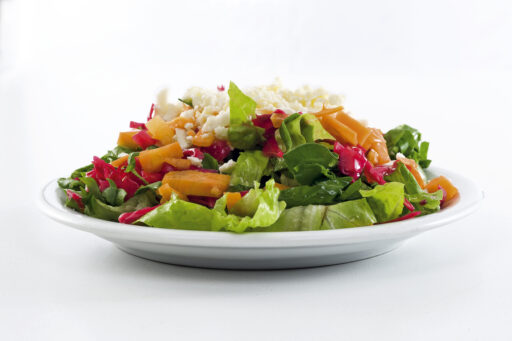
Photo 8311460 © Kadokarci | Dreamstime.com
Repurpose Leftovers
Instead of discarding these, find creative ways to repurpose them. Turn yesterday’s roast chicken into a chicken salad, or use leftover vegetables in a soup or stir-fry. If you’ve only used half a jar of cooking sauce, seek another meal you can use it for. For instance, a sauce for spaghetti bolognese could also be used when making chili con carne.
There are countless recipes available online that can help you transform your leftovers into new and exciting dishes. This reduces waste and also saves time and money on preparing new meals. If you find yourself with a surplus of a particular ingredient, research recipes that use it as a main component. Remember that leftovers can be frozen and enjoyed at a later date – so don’t hesitate to save them for future meals.
Preserve Your Food
You can freeze fruits and vegetables, make jams and pickles, or dehydrate fruits for snacks. These preservation methods can reduce waste and allow you to enjoy your favorite seasonal foods throughout the year.
When freezing food, make sure to use airtight containers or bags, to prevent freezer burn. Label and date your preserved items so you know when they were made, and how long they’ll last. Remember to rotate your stock and use older preserved items before newer ones.
Donate, Share, Or Compost
If you find yourself with excess food that you can’t consume before it goes bad, you still have options. Consider sharing it with friends and family, or donating it to a local food bank. Many organizations accept non-perishable food items, and some even accept perishable items if they’re still in good condition. Sharing food with others not only reduces waste but also helps those in need.
Composting is an excellent way to reduce food waste and create nutrient-rich soil for your garden. Instead of throwing away your food scraps, add them to a compost bin or pile. Over time, these scraps will break down into rich, dark soil that you can use to fertilize your plants. As well as minimizing waste, it can help you grow healthier, more vibrant plants.
Reducing food waste in the kitchen requires a combination of planning, proper storage, and creativity. By adhering to these recommendations, you can lessen your environmental footprint. You can also improve your diet, and save money in the process.


